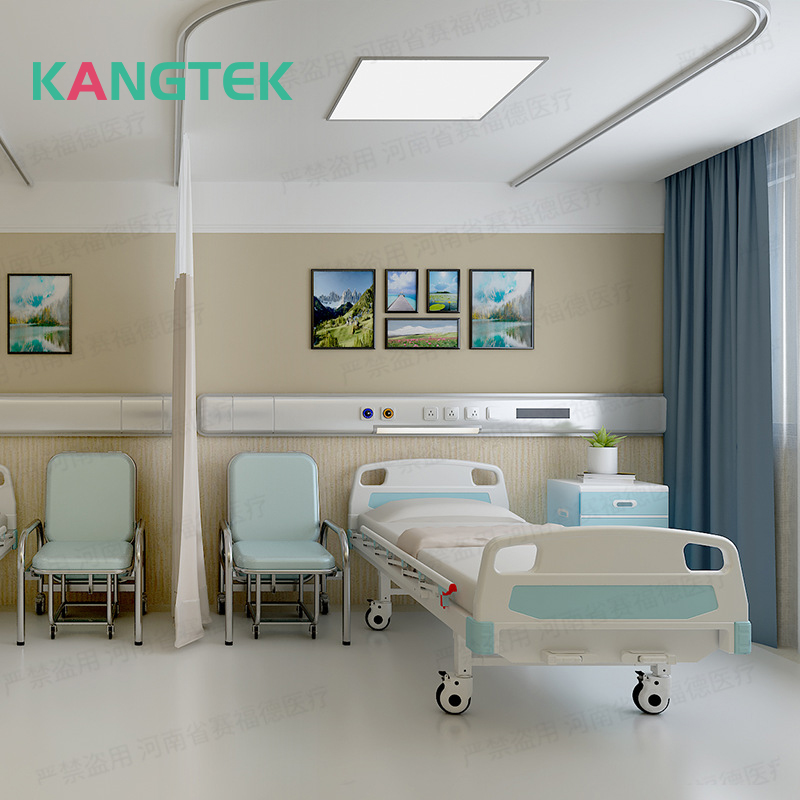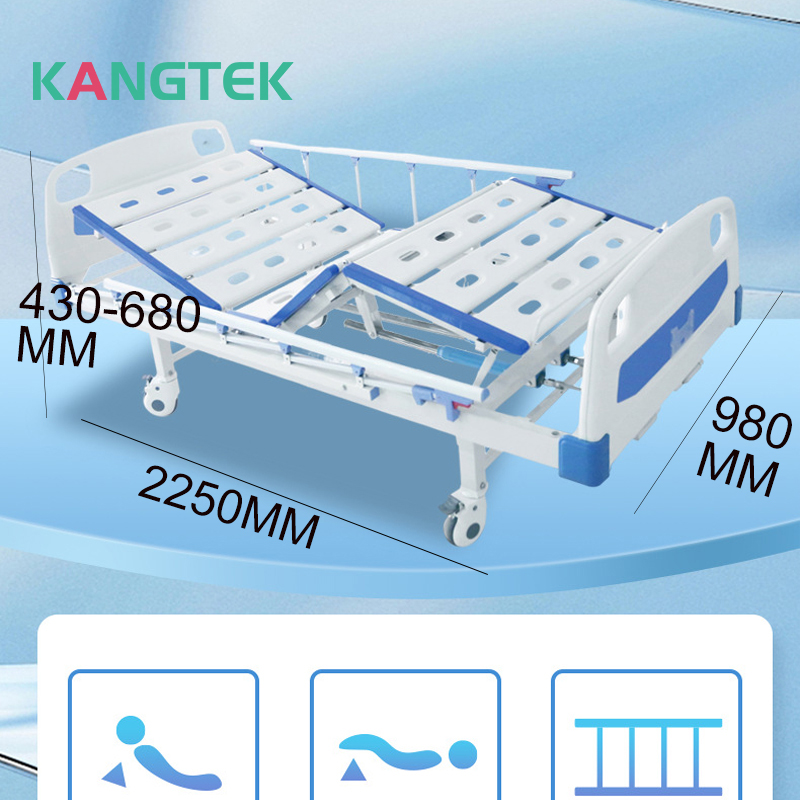Ensuring Medical Furniture Meets Relevant Safety Standards: A Comprehensive Guide
Medical furniture plays a crucial role in healthcare facilities, providing support and comfort to patients, caregivers, and medical professionals alike. However, ensuring the safety and reliability of medical furniture is paramount to prevent accidents, injuries, and infections. In this guide, we'll explore key steps to guarantee that medical furniture meets relevant safety standards.

1. Understanding Regulatory Requirements:
- Familiarize yourself with the regulatory bodies and standards governing medical furniture safety, such as the FDA (Food and Drug Administration) in the United States, the European Medical Device Regulation (MDR), or ISO (International Organization for Standardization) standards.
- Stay updated on any changes or updates to regulations to ensure compliance throughout the furniture procurement and usage process.
2. Choose Reputable Suppliers:
- Partner with reputable suppliers who adhere to stringent quality control measures and regulatory standards.
- Verify the supplier's certifications and compliance with relevant safety standards, such as ISO 13485 for medical device quality management systems.

3. Conduct Thorough Product Testing:
- Prior to procurement, conduct thorough product testing to ensure that medical furniture meets safety requirements.
- Test for structural integrity, load-bearing capacity, durability, and resistance to corrosion and chemical disinfectants.
- Consider engaging third-party testing laboratories accredited by relevant regulatory bodies to ensure unbiased assessments.
4. Assess Ergonomics and Usability:
- Evaluate the ergonomic design and usability of medical furniture to minimize the risk of musculoskeletal injuries among healthcare professionals.
- Ensure that furniture dimensions, adjustability, and accessibility meet the needs of diverse users, including patients with mobility limitations.
5. Prioritize Infection Control:
- Choose medical furniture constructed from materials that are easy to clean and disinfect, such as non-porous surfaces and antimicrobial coatings.
- Ensure that furniture designs minimize seams, crevices, and other areas where microbial growth can occur.
- Develop and implement robust cleaning and disinfection protocols in accordance with guidelines from regulatory agencies and infection control experts.
6. Provide Comprehensive Staff Training:
- Train healthcare staff on proper usage, maintenance, and cleaning procedures for medical furniture.
- Emphasize the importance of adhering to safety protocols and reporting any concerns or malfunctions promptly.

Ensuring that medical furniture meets relevant safety standards is essential to maintaining a safe and conducive healthcare environment for patients and staff alike. By understanding regulatory requirements, partnering with reputable suppliers, conducting thorough testing, prioritizing ergonomics and infection control, and providing comprehensive staff training, healthcare facilities can mitigate risks and promote optimal safety and quality of care. By prioritizing safety in the procurement and usage of medical furniture, healthcare facilities can enhance patient outcomes and foster a culture of excellence in healthcare delivery.

